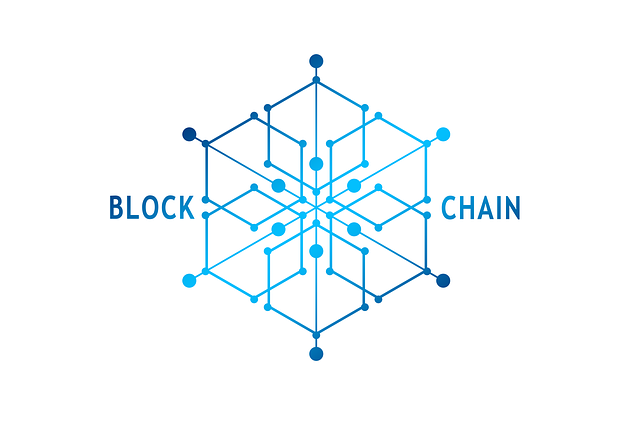Home Software Development Learn How to be a blockchain programmer
Learn How to be a blockchain programmer

Learning to code in blockchain involves understanding the fundamental concepts of blockchain technology and acquiring programming skills to develop decentralized applications (DApps) or smart contracts. Here's a step-by-step guide to help you get started:
Learn the Basics of Blockchain: Familiarize yourself with the core concepts of blockchain technology. Understand decentralized networks, consensus mechanisms, cryptography, distributed ledgers, and smart contracts. This will provide a solid foundation for your coding journey.
Choose a Blockchain Platform: Decide which blockchain platform to focus on. Some popular platforms include Ethereum, Bitcoin, Hyperledger Fabric, Corda, and EOS. Each platform has its own programming languages and development frameworks, so choose the one that aligns with your goals and interests.
Learn a Programming Language: Depending on your chosen blockchain platform, you'll need to learn the associated programming languages. Here are some commonly used languages for blockchain development:
Solidity: Ethereum's native language for smart contracts.
Vyper: A Python-like language for Ethereum smart contracts.
Bitcoin Script: A stack-based language for Bitcoin development.
Go: Widely used for developing applications on Hyperledger Fabric.
JavaScript: Used for web-based blockchain applications and decentralized front-end development.
Explore Development Tools and Frameworks: Familiarize yourself with your chosen blockchain platform's development tools and frameworks. These tools simplify development and provide libraries, templates, and pre-built components. For example:
Truffle: A popular development framework for Ethereum smart contracts.
Web3.js: A JavaScript library for interacting with Ethereum.
Remix IDE: An online development environment for Solidity smart contracts.
Ganache: A personal Ethereum blockchain for local development and testing.
Practice with Tutorials and Examples: Start coding by working through tutorials and examples. Many blockchain platforms have extensive documentation, sample projects, and online tutorials to help you understand the concepts and build your first DApps or smart contracts. Follow step-by-step guides, modify code samples, and experiment with different scenarios.
Join Online Communities and Forums: Engage with the blockchain community to learn from others, ask questions, and get feedback on your code. Participate in forums, chat groups, and developer communities specific to your chosen blockchain platform. This will expose you to real-world challenges, best practices, and the latest trends in blockchain development.
Build Your Projects: As you gain confidence, start working on your projects. Identify a problem or use case that can be solved with blockchain technology and develop a DApp or smart contract to address it. Building real-world applications will enhance your skills and deepen your understanding of blockchain development.
Continuously Learn and Stay Updated: Blockchain technology is rapidly evolving, so staying updated with the latest developments is crucial. Follow blogs, subscribe to newsletters, and attend conferences or meetups to expand your knowledge and stay current with new tools, languages, and frameworks.
Remember, learning to code in the blockchain is an ongoing process. Practice regularly, seek opportunities to collaborate, and embrace the iterative nature of software development. With dedication and persistence, you can become proficient in coding for blockchain technology.
